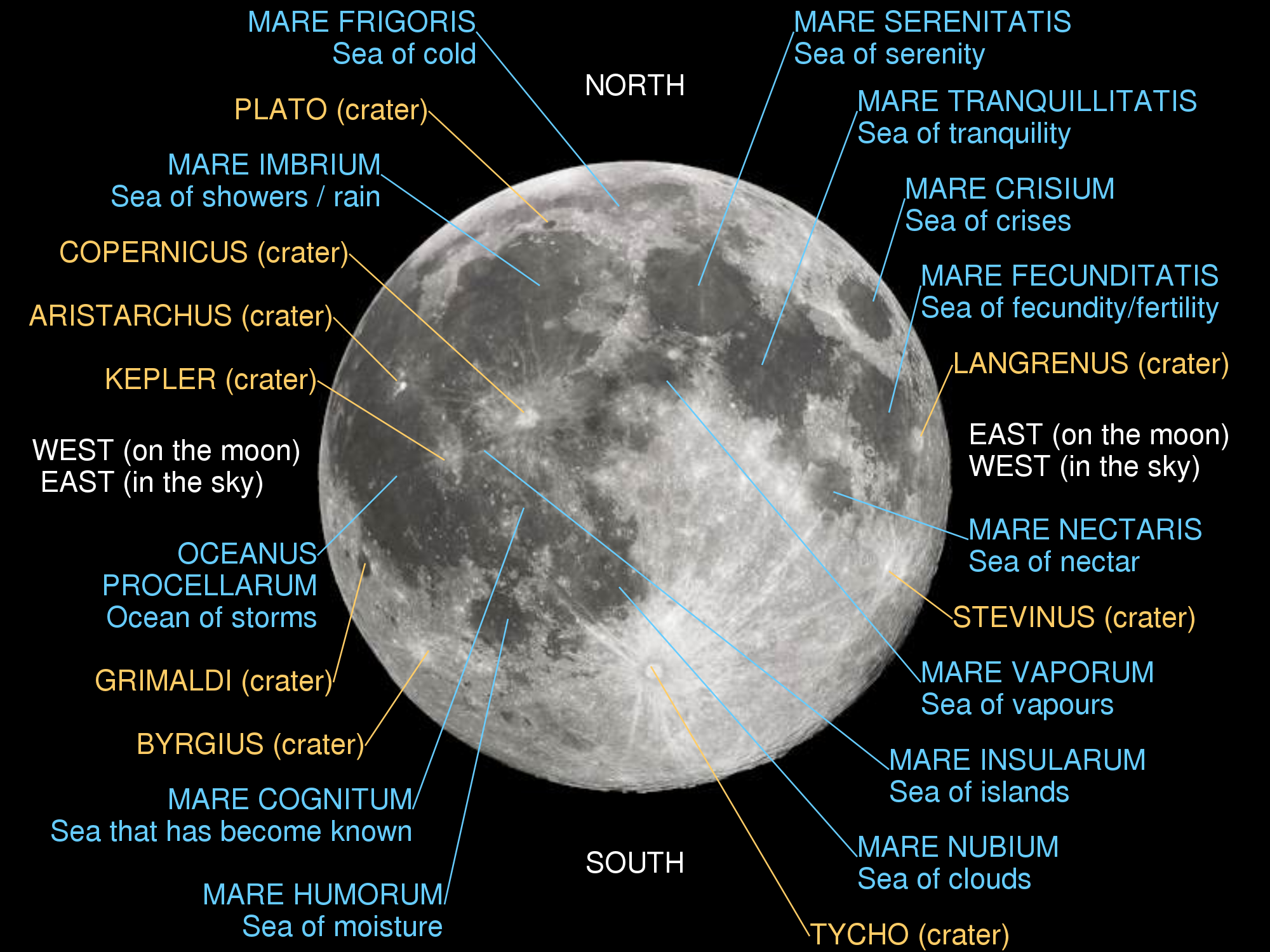Did you know that it is possible to observe a meteor shower when its radiant is below your horizon? When its radiant is too far south (or north, in the southern hemisphere) to ever rise above your horizon? When its radiant is even located near the Sun?
Yes you can! By video recording the Earth-facing night side of the Moon, or during a total or partial lunar eclipse, you have the opportunity to record meteors impacting the surface of the Moon. Those of us who record occultations of stars by asteroids and trans-Neptunian objects already have the equipment necessary to accurately document such events, which typically produce brief flashes of light lasting for a few hundredths of a second.
Leonid meteor lunar impact flashes of +3m to +8m were recorded in 1999 and 2001, and Geminid meteor lunar impact flashes have been recorded that were between +5m and +9m. Meteor impact events have also been recorded during lunar eclipses, such as just after the beginning of the total lunar eclipse of January 20/21, 2019.
Besides during lunar eclipses, the best time to look for meteor impact events on the Moon is when most of the Earth-facing side of the Moon is dark and illuminated only by earthshine. This occurs during the waxing crescent and waning crescent phases.
NASA has twin 14-inch telescopes that observe the nighttime part of the Moon between the phases of New and First Quarter, and between Last Quarter and New. These telescopes have recorded 435 flashes on the Moon from 2005 to April 2018.
On Mt. Kyllini (930 m), Corinthia, Greece, the 1.2 m Kryoneri telescope of the National Observatory of Athens has been employed in a four year project called NELIOTA (Near-Earth Object Lunar Impacts and Optical Transients) to monitor the Moon for lunar flashes using a two camera system (one R-band and one near-IR) at a video rate of 30 frames per second. All candidate flashes are compared against a database of artificial satellites to exclude false positives due to sunglints of satellites passing in front of the Moon. Between February 2017 and January 2019, forty lunar impact events have been detected.
Of course, you’re more likely to capture a lunar meteor impact flash during a major meteor shower.
Peter Zimnikoval in Slovakia has written a wonderful program called MetShow that will present your local circumstances for the Moon at any date and time and for any meteor shower radiant. I’ve reproduced in the gallery below the lunar circumstances for all the major meteor showers (ZHR ≥ 10) for the remainder of 2019.

April 23, 2019 
May 6, 2019 
June 8, 2019 
July 30, 2019 
August 13, 2019 
October 9, 2019 
October 22, 2019 
November 18, 2019 
December 7, 2019 
December 14, 2019 
December 23, 2019
Not only does the lunar phase have to be favorable, but the meteor shower radiant must be coming from a direction that will impact a nighttime part of the Moon that we can see. If the Moon is located near the radiant of a meteor shower, then most of the meteors will impact the far side of the Moon where they will be unobservable from Earth. If the Moon is located near 180˚ from the meteor shower radiant, then the meteors will favor the near side.
This year, the best meteor showers to monitor are the Eta Aquariids around May 6, the Delta Aquariids around July 30, and the Ursids around December 23.
Most meteor showers have a broad maximum, so the exact time to observe the Moon is not as important. But if the meteor shower has a sharp peak, then one should consider the time offset between the Earth and the Moon. Peter Zimnikoval writes (personal communication, 2019):
“Bombarding of the Moon’s surface is almost the same as on the Earth. The position of the observed radiant is given as the vector sum of the heliocentric motion of the meteoroids and the Earth’s motion. For the Moon, there is only a small difference due to its orbital velocity (1 km/s). Regular meteor showers cross the Earth’s orbit at the same point every year. The angular position of this point is described as solar longitude (J2000). The Moon at 3rd quarter reaches this point about 3.6 hours before the Earth (384,399 km / 29.78 km/s = 12,908 seconds = 3.6 hours). The Moon at 1st quarter reaches this point about 3.6 hours after the Earth.”
“For most of the regular meteor showers (Perseids, Orionids, Geminids) this time shift is not very important. Their maxima are not too sharp and the duration is many hours. The time shift may be important for very narrow meteor streams, where the suspected time of maximum is only a few hours and therefore observed from only a small part of the Earth. When the structure of a shower is very sharp, then small differences in the position of the Earth and the Moon passing through this stream can make a difference. At full moon or new moon, the Moon may reach a higher density of particles than the Earth, but these phases are not suitable for observation of lunar impact flares.”

References
King, Bob (2019). A Space Rock Strikes Moon During the Total Lunar Eclipse. Sky & Telescope, January 23, 2019 blog. https://www.skyandtelescope.com/observing/a-space-rock-strikes-moon-during-the-total-lunar-eclipse/ .
Liakos, Alexios et al.(2019). NELIOTA Lunar Impact Flash Detection and Event Validation. Proceedings of the “ESA NEO and Debris Detection Conference -Exploiting Synergies-“, held in ESA/ESOC, Darmstadt, Germany, 22-24 January 2019. arXiv:1901.11414 [astro-ph.EP].
Zimnikoval, Peter (2017). Lunar impact flashes. WGN, Journal of the International Meteor Organization, 45:5.















